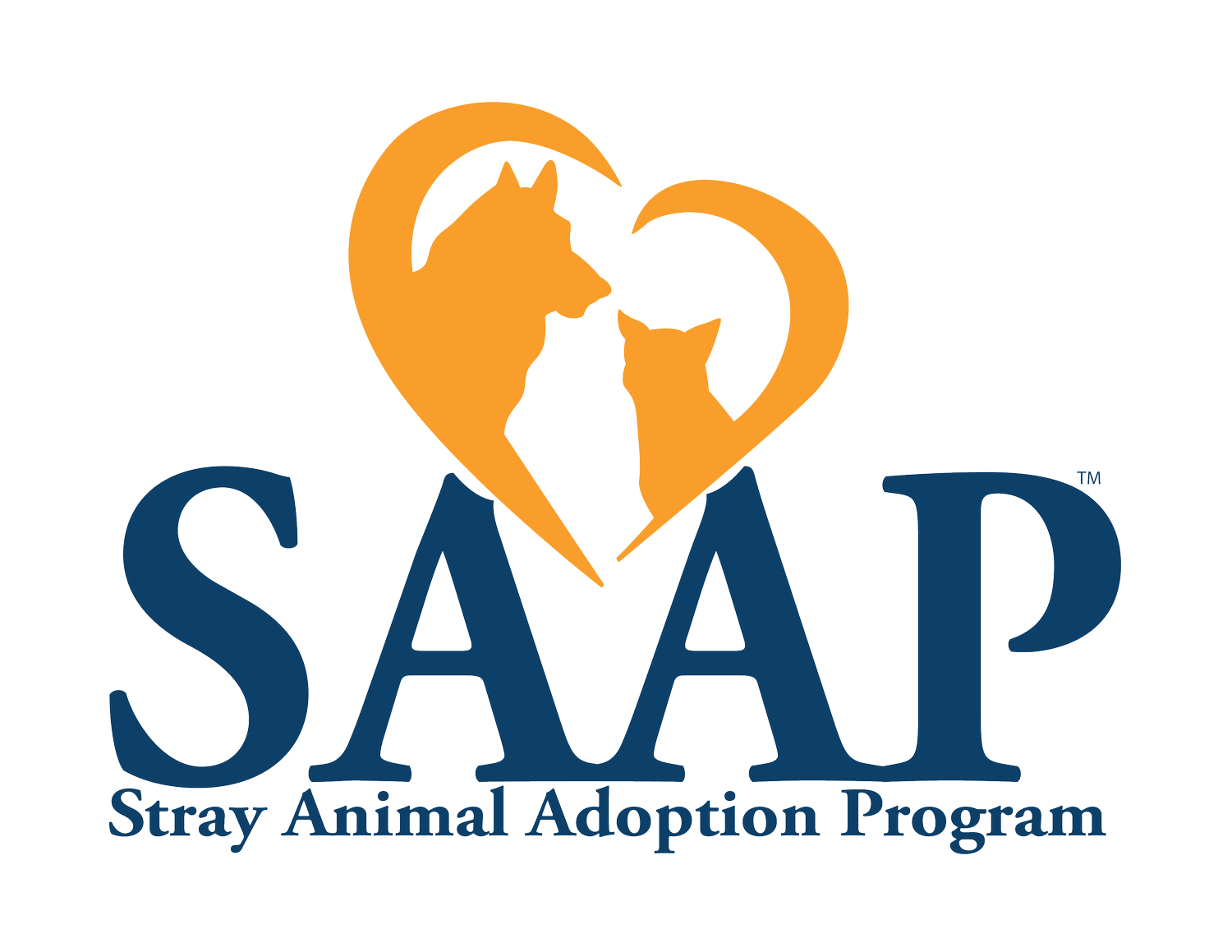Dog Safety Tips
Keep your dog on a leash in public places
Never allow your dog to explore alone
Teach your dog basic commands
Be Aware of the Following Around your Dog:
-
Avocados
Raw meat
Xylitol (AKA birch sugar)
Coffee, tea, and other caffeine
Grapes and raisins
Chocolate
Salt
Nuts
Onions, garlic, and chives
Fruits with pits
Yeast Dough
Milk & Dairy
-
Daffodils
Aloe
Mistletoe
Ivy
Holly
Lilies
Tulips
Monstera
Mint
Snake Plant
Poinsettia
Visit the ASPCA website for the full list: Toxic & Non-Toxic Plant List - Dogs
-
Alcohol, tobacco, and nicotine
Marijuana and other substances
Bleach
Household cleaners
Insecticides/Rodenticides
Antifreeze
Medications
Detergents
Batteries
-
Decorations such as ornaments, string lights, and tinsel.
Holiday Plants such as Evergreens and Jerusalem Cherry
Electrical cords
Candles
Chocolate and other sweets/candy
Turkey Bones and Carcass
Leftovers in the trash
Baked Goods
Fatty Foods like meats, gravy, and potatoes
If you think your dog has ingested one of the above items, call your local emergency vet or Animal Poison Control (888-426-4435) immediately.
Dog & Cat CPR
Source: redcross.org
1
Check for breathing and a heartbeat…
Check to see if the pet is breathing and check for a heartbeat. If you do not see your pet’s chest moving and cannot find a heartbeat, begin CPR with chest compressions.
2
Give chest compressions…
Place your hands on your pet as follows:
For cats, small dogs and deep chested dogs, place the heel of one of your hands directly over the pet’s heart and place your other hand directly over the first hand.
For deep chested dogs, place the heel of one hand over the widest part of the chest and place your other hand directly over the first hand.
For barrel chested dogs, place the dog on its back, place one hand over the widest part of the sternum, and place your other hand directly over the first hand. Lock your elbows and make sure your shoulders are directly above your hands.
Then, push hard and push fast at a rate of 100-120 compressions per minute, compressing 1/3 to 1/2 the width of your pet’s chest. Make sure the chest comes back fully (recoils) before compressing again.
Perform 30 chest compressions
3
Then Give Rescue Breaths…
To give rescue breaths, gently close the pet’s mouth and extend the pet’s neck to open the airway. Cover your pet’s nose with your mouth and exhale until you see the pet’s chest rise. Give a second rescue breath.
4
Continue CPR…
Continue giving CPR with a cycle of 30 chest compressions and 2 rescue breaths until your dog or cat begins breathing again on its own.
5
Check again for breathing and a heartbeat…
Briefly check for breathing and a heartbeat every 2 minutes.
6
Get Help…
Continue CPR until you reach a veterinary hospital.
